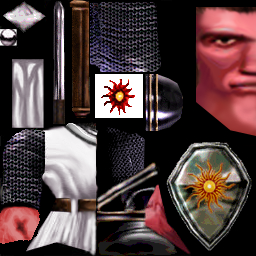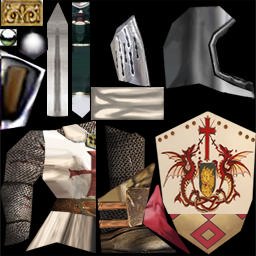- Joined
- Dec 23, 2013
- Messages
- 1,406
I am having some wildly unnecessary absolutely mad problems with compressing a skin, 'tis a 256x256 picture that when default was 41kb, is now 215kb, and none of the compression techniques I have tried have worked.
Tried and Failed
-------------------
-WC3 Image Extractor save as 75%
-GIMP2 compression level 9 when saving
-Reducing of the number of colors
Here is the skin.
http://www.hiveworkshop.com/forums/pastebin.php?id=gnergq

Original Texture base

Tried and Failed
-------------------
-WC3 Image Extractor save as 75%
-GIMP2 compression level 9 when saving
-Reducing of the number of colors
Here is the skin.
http://www.hiveworkshop.com/forums/pastebin.php?id=gnergq

Original Texture base






